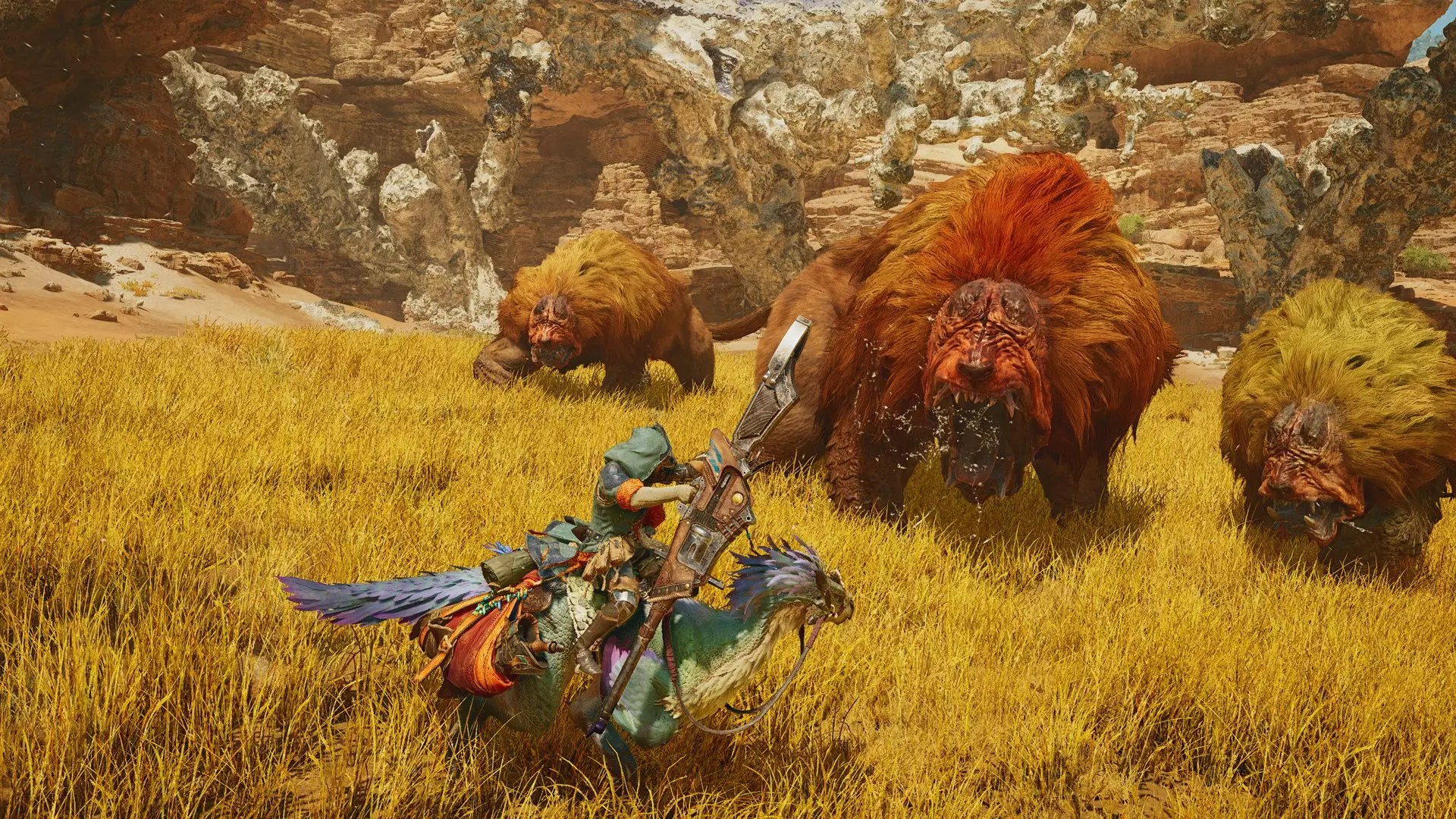Monster Hunter has long been recognized as a staple within the gaming community, captivating audiences with its blend of action, strategy, and exploration. With the impending launch of Monster Hunter Wilds, the franchise is set to embark on a daring new journey. The developers at Capcom are not merely resting on the successes of their previous installment, Monster Hunter World; instead, they are setting the stage for a more dynamic and immersive gaming experience.
One of the most significant innovations in Monster Hunter Wilds is the introduction of dynamic environments. This concept sees the gameplay revolve around three distinct climate types: Fallow, Inclemency, and Plenty. Each of these climates will alter the terrain and the type of monsters players can encounter, thereby necessitating novel strategies for hunting.
Ryozo Tsujimoto, the producer behind the Monster Hunter series, has emphasized the importance of reflecting the ever-changing nature of the real world within the game. “We wanted to incorporate both the richness and the harshness of nature,” Tsujimoto explained. This commitment to realism is pivotal, as environments will not remain static; they will shift and change in ways that affect how players interact with them. This mechanic not only enhances the tactical depth of the game but also pushes players to adapt to constantly evolving scenarios, a notable shift from its predecessors.
The development team at Capcom has placed a tremendous emphasis on realism, exploring the real-world natural environment to inspire their designs. However, this endeavor became particularly challenging due to the pandemic, which thwarted their ability to conduct field research. Tsujimoto noted, “Our initial research involved traveling globally to study different ecosystems, but the pandemic forced us to rethink our approach.”
Despite these obstacles, the team adapted by applying a theoretical framework to understand various environmental conditions and how they might impact gameplay. They meticulously examined how changes in climate could influence the behavior of in-game monsters, ensuring that every hunt feels authentic and grounded in ecological principles.
Monster Design: A Deep Dive into the Animal Kingdom
The monsters in Monster Hunter Wilds are more than just fantastical beasts; they are deeply inspired by real animals and their behaviors. Tsujimoto highlighted that understanding the biology and ecology of real-world species was essential to the design process. “We don’t simply look at how a creature appears; we delve into how it lives and thrives in its environment,” he explained.
By conducting in-depth analyses of flora and fauna, Capcom’s developers create unique monster designs that resonate with their respective habitats. For instance, the adaptation of certain physical traits, such as body shape and features like fur, showcases a commitment to crafting a world where fantasy meets reality. This careful integration of biological principles means that each monster not only appears majestic but also makes logical sense within the ecosystem established in the game.
The Future of Monster Hunter: Keeping Evolution in Mind
As the Capcom team reflects on their work, there’s a palpable sense of excitement about what Monster Hunter Wilds represents for the franchise. The advancements in technology, combined with a renewed focus on environmental realism, promise to elevate gameplay to unprecedented heights. Tsujimoto conveyed his enthusiasm: “The changes we’ve implemented allow for a greater level of dynamism and complexity compared to earlier games, which is incredibly invigorating for us.”
This forward-thinking approach is vital for sustaining player interest, as the developers continuously aim to captivate both long-time fans and newcomers alike. The ability to embrace change and innovation while still honoring the core elements that fans have come to love is what makes Monster Hunter Wilds a promising chapter in the franchise’s storied history.
Monster Hunter Wilds emerges as a bold reinterpretation of its lineage. With a focus on dynamic environments, grounded monster designs, and an overarching commitment to realism, the game sets itself apart as an exemplary title that embodies the spirit of evolution that defines the series. As players prepare to embark on their next hunting adventure, the anticipation for Monster Hunter Wilds builds—promising new challenges and experiences that will keep the franchise flourishing for years to come. The landscape of this beloved world is changing, and players will soon find themselves at the forefront of this exhilarating journey.


Leave a Reply